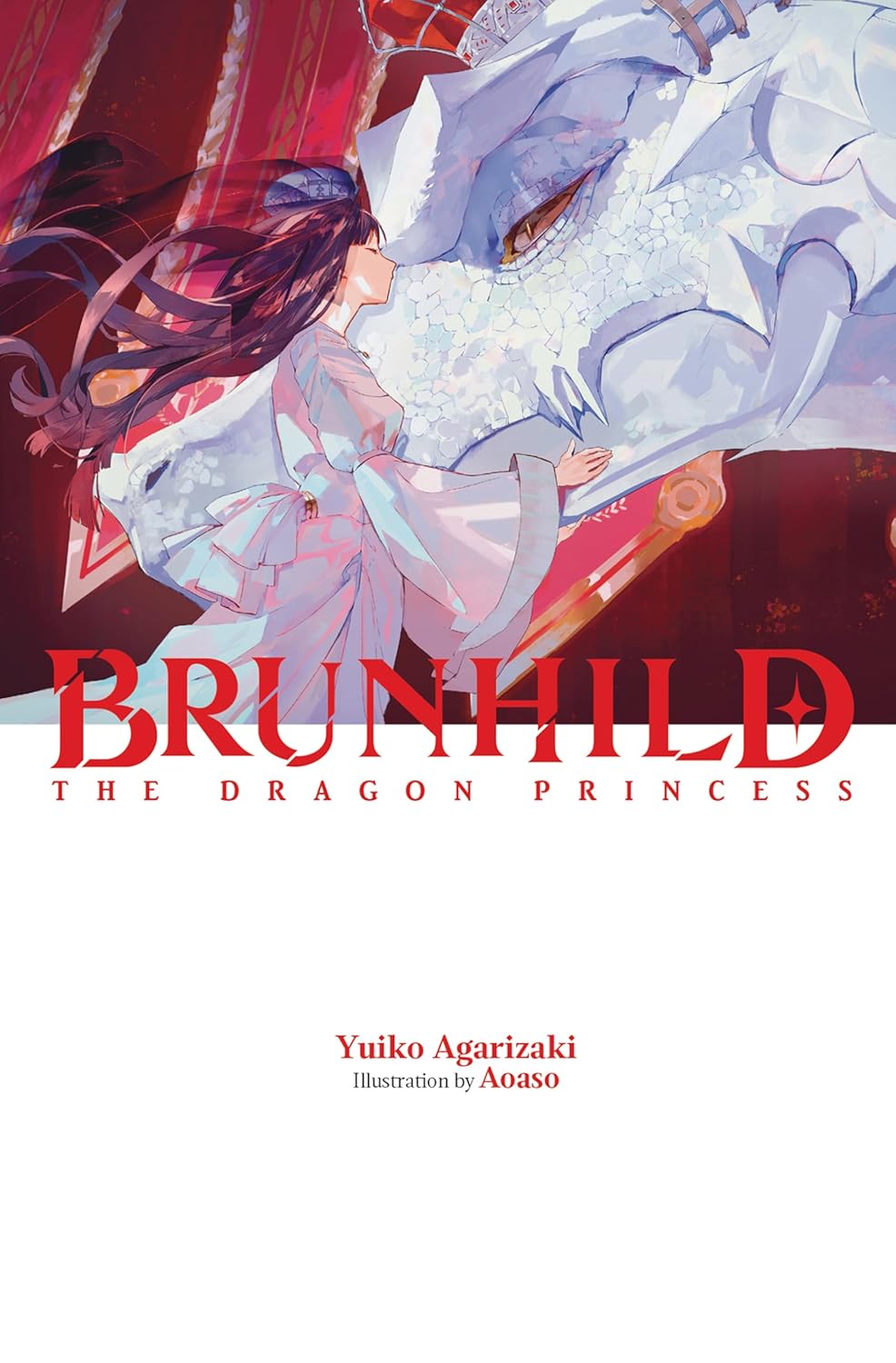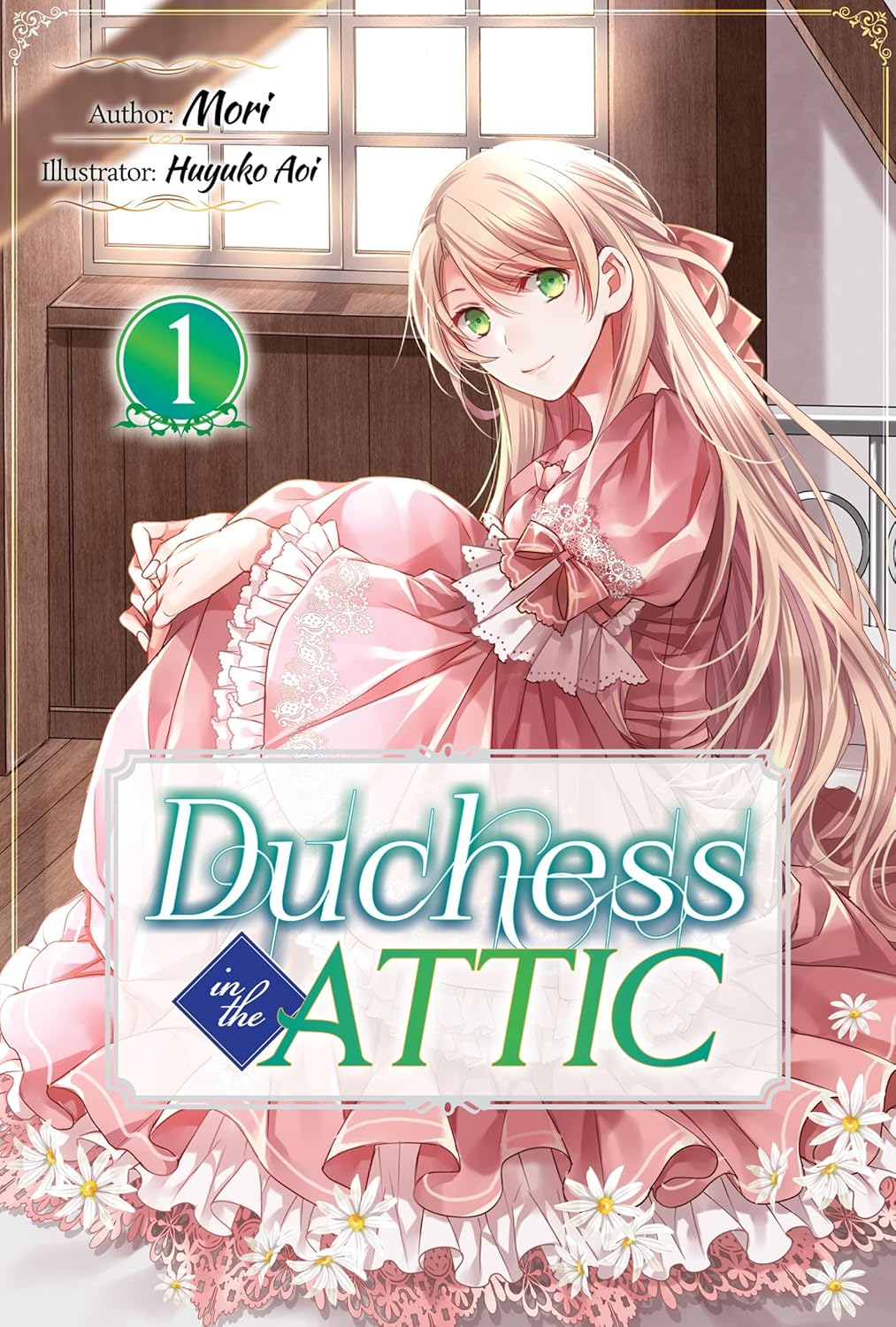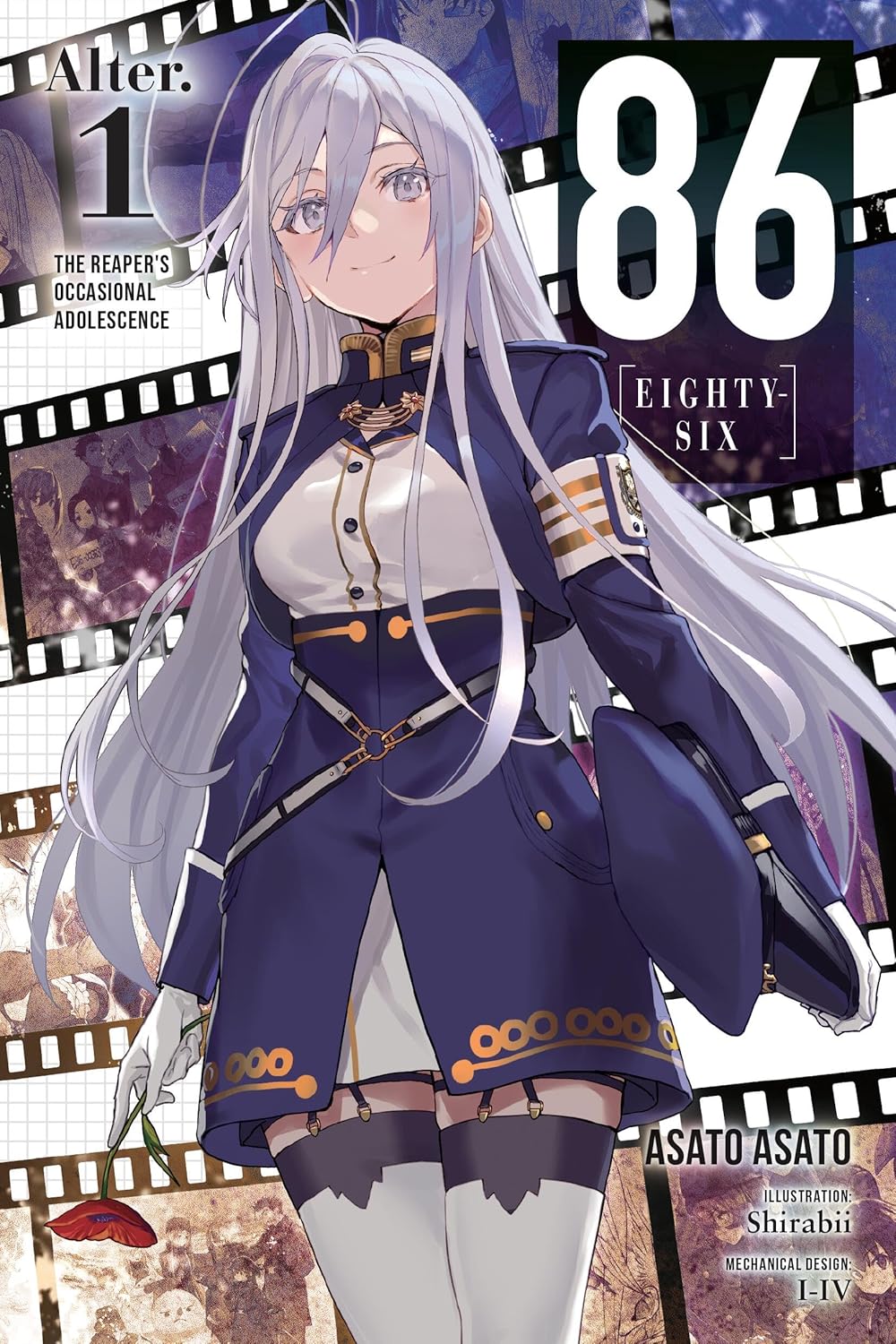By Yuiko Agarizaki and Aoaso. Released in Japan as “Ryu no Hime Brunhild” by Dengeki Bunko. Released in North America by Yen On. Translated by Jennifer Ward.
No, this isn’t a direct sequel to Brunhild the Dragonslayer, and thank the Lord that the author decided against the weird “Brunhild wanders through Hell” plot they mentioned in the afterword. In fact, this takes place long before the first book. That said, you will find the cast of characters familiar. As if this was a Tezuka series, we see the main characters of the first book recast in the second book, as if they’re a company of actors. That said, there’s a totally different plot for the characters, and a lot of the thing that we thought we understood from the first book are upended here. The first book was about Brunhild’s revenge against humans. This definitely isn’t. Also, while the first book was more a Wagnerian tragedy, I think this one swings more Greek. It’s still a tragedy, though, believe me. Brunhild was voted the series least likely to get a 4-koma spinoff manga. That said, it is, like the first in the series, a VERY well written tragedy.
Brunhild is a priestess whose family works closely with the royal family. She lives in a kingdom that is protected by the Divine Dragon, who will keep everything peaceful and happy provided that a) no one leaves the kingdom, and b) he gets sacrifices every month. This is a problem, as the current priestess, Brunhild, is an all-loving sort who will even pick up dying children on the street and nurse them back to health, so the fact that she has to give seven people a month, mostly orphans that no one will cry over, to the dragon is a bit upsetting. She tries to talk the dragon out of the sacrifice, but he absolutely does not agree. Then she makes the mistake of staying behind to see what happens. Something if going to have to be done. And all Brunhild has is her manservant (who she picked up when he was dying on the street), her bestie Sigurd (the royal prince), and Sigurd’s good but kinda stolid guard Sven.
It’s hard to talk about this book without spoiling some very good things, but I will do my best. It’s divided into four chapters, and each of them essentially ends up upending everything we thought we knew about where this story was headed. There’s also a lot of great themes here, such as the desire to be able to trust allies and friends versus the feat that they will betray you in the end (which, trust me, gets zigzagged throughout this book), what love is and how someone can be deeply in love and never realize it just because they don’t understand what trauma is, and how sometimes you need to try to achieve an impossible dream, even if you fail badly and end up regretting everything. This book is just as dark as he last book, but it reads very easily. You’re really rooting for them to defeat evil and save everyone and… well, there is more to this series, I guess.
Yes, next time we get another book in the timeline of this country with more Brunhild. Just not this Brunhild, or the one from the first book. I’ll still be looking forward to reading it, though.



